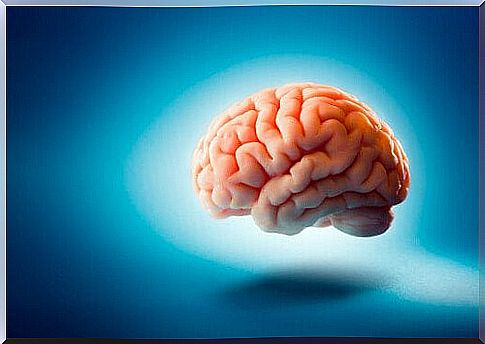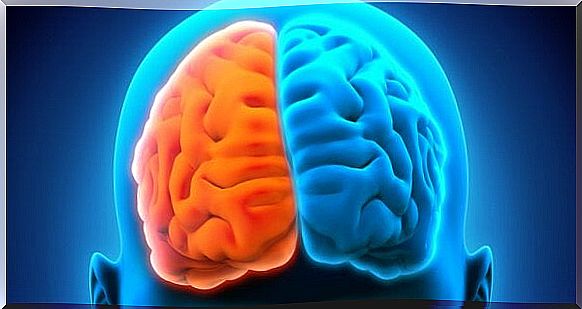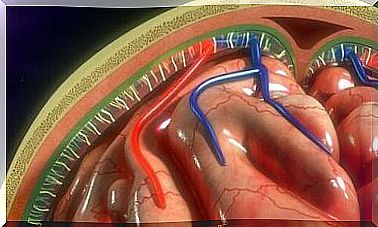3 Interesting Neurological Disorders
The brain is a complex organ that is responsible for most of our behavior, but it is also the home of our thoughts and emotions. Exploring the biology of the brain is important in order to understand the cognitive process of knowledge. In any case, the fact that it is so complex, plus built-in methodological difficulties, greatly hinders our discovery of the nervous system. But one way we can understand how it works is by studying neurological disorders.
Usually, damage to the nervous system has an effect on your behavior. If we associate these consequences with the specific areas that are damaged, we can locate certain functions and processes.
Neurological disorders
That said, we need to be careful here since people with neurological disorders have special conditions. These terms may create discrepancies and “contaminate” conclusions. Examples of this type of disorder can be seen in individuals who have multiple areas of brain damage or are taking medications with side effects.
In this article, we are going to talk about three extraordinary neurological disorders. We will explain blindness, hemispatial neglect and split-brain syndrome.

Blindsyn
Imagine you are in a room with someone who was recently in an accident and suffered a brain injury.
They tell you they can not see anything. They are now blind. But something is strange: their eyes follow you. So you investigate a little.
When you ask them to grab a certain object, they reach out and grab it as if they could see. And that’s not all. If you ask them to guess how many fingers you are holding up, they are guessing correctly. This is not just a random guess. How is it possible?
They actually see the world around them, but they say they are blind. Does that mean they’re lying? The answer is no. The problem is that they are not able to understand what they are seeing. Subconsciously, they process visual stimuli, but due to an error, this information is not sent to the conscious part of the brain.
This is one of the most interesting neurological disorders in existence. People with blind eyesight are living proof that some cerebral processes do not require intervention from our conscious mind.
Hemispatial neglected
Hemispatal neglect is another neurological disorder such as blindness. It is associated with damage to the right prefrontal cortex or PFC. A key to understanding it better is that the left prefrontal cortex, or IPFC, takes the lead in paying attention to the right side of the visual field. Similarly, the right PFC is responsible for paying attention in the left field of view. So with an injury to the right PFC, a person would have a lack of attention in the left field of vision.
But what consequences would it have to not follow half of your field of vision? Well, then you just wanted to see the right side of things. You would do things like just eat on the right side of the plate, just put makeup on the right half of your face and draw only the right side of an object. The most incredible part of this disorder is that you will not be aware of this problem. It will seem normal and coherent to you.
Another interesting concept is that this does not only affect what the eyes take in. It also affects your imagination.
Say that you are told to imagine that you are in a square in Milan. You are given the task of describing what you see.
You will then only mention things you have on the right side. But if you are told to turn around, you will not be able to mention things that were on your right side before. Now they are on your left. So now you describe things you did not describe when you saw another way.
Split-brain syndrome
Our latest disorder and one of the most fascinating neurological disorders in existence is split-brain syndrome: split hemisphere. In rare cases, an operation called a corpus callosotomy must be performed . This operation involves cutting the corpus callosum, which is the largest connection between the two hemispheres. In other words, the surgeon will disconnect the two halves of your brain.

One of the most interesting symptoms of split-brain syndrome is alien hand syndrome (AHS). Here it seems that the patient’s left hand lives its own life. The person is not able to tell you what it is doing. The reason is that the area responsible for voluntary movements of the left hand is located in the right hemisphere. But the language area is on the left.
In alien hand syndrome, we can see how each hemisphere performs actions on its own. There are many anecdotes from patients that support this. For example, a patient was reading a book while their left hand was trying to close it. Since the right hemisphere does not know how to read, it is bored. In another case, a patient tried to hit his wife with his left hand, while his right hand tried to stop him from doing so. Fascinating!









